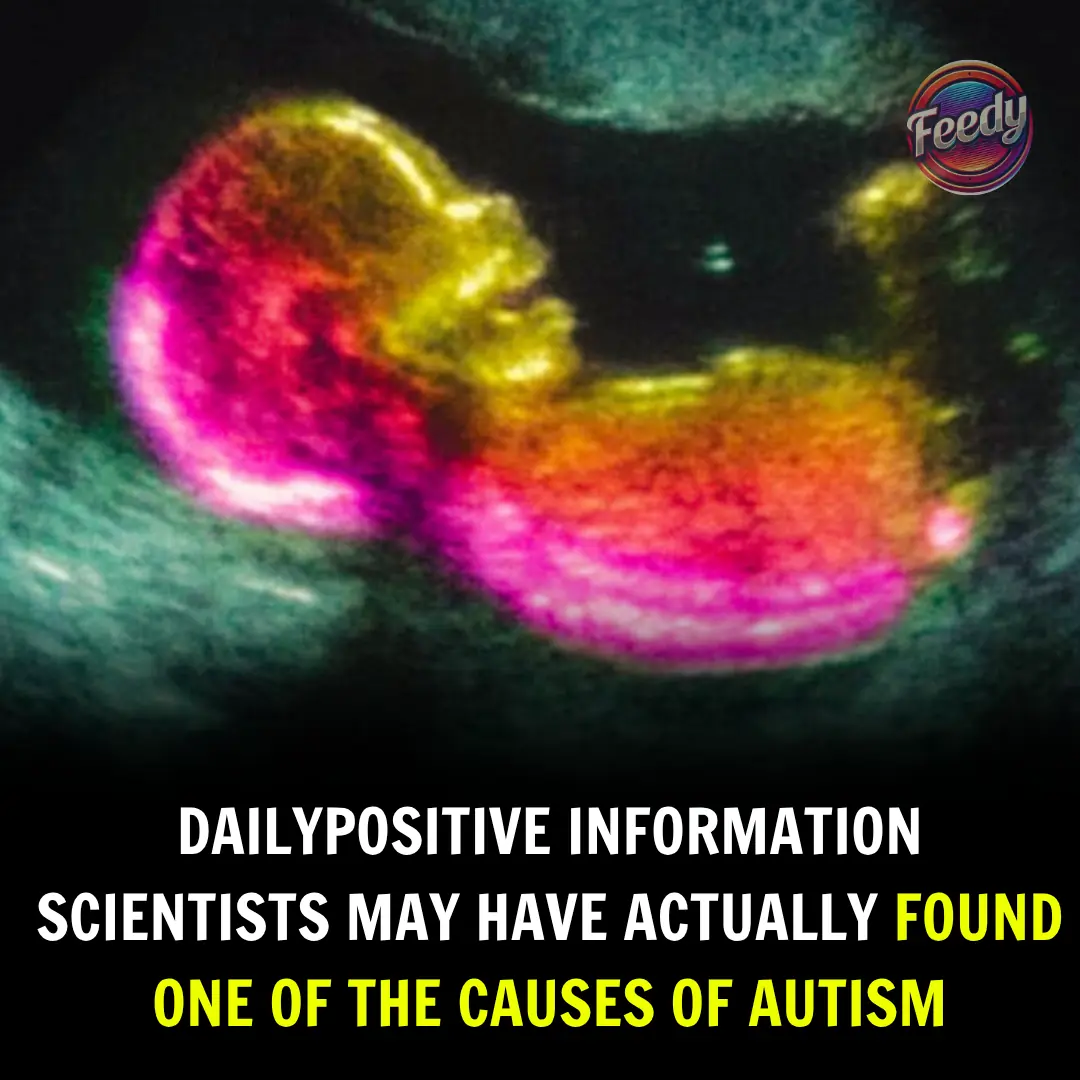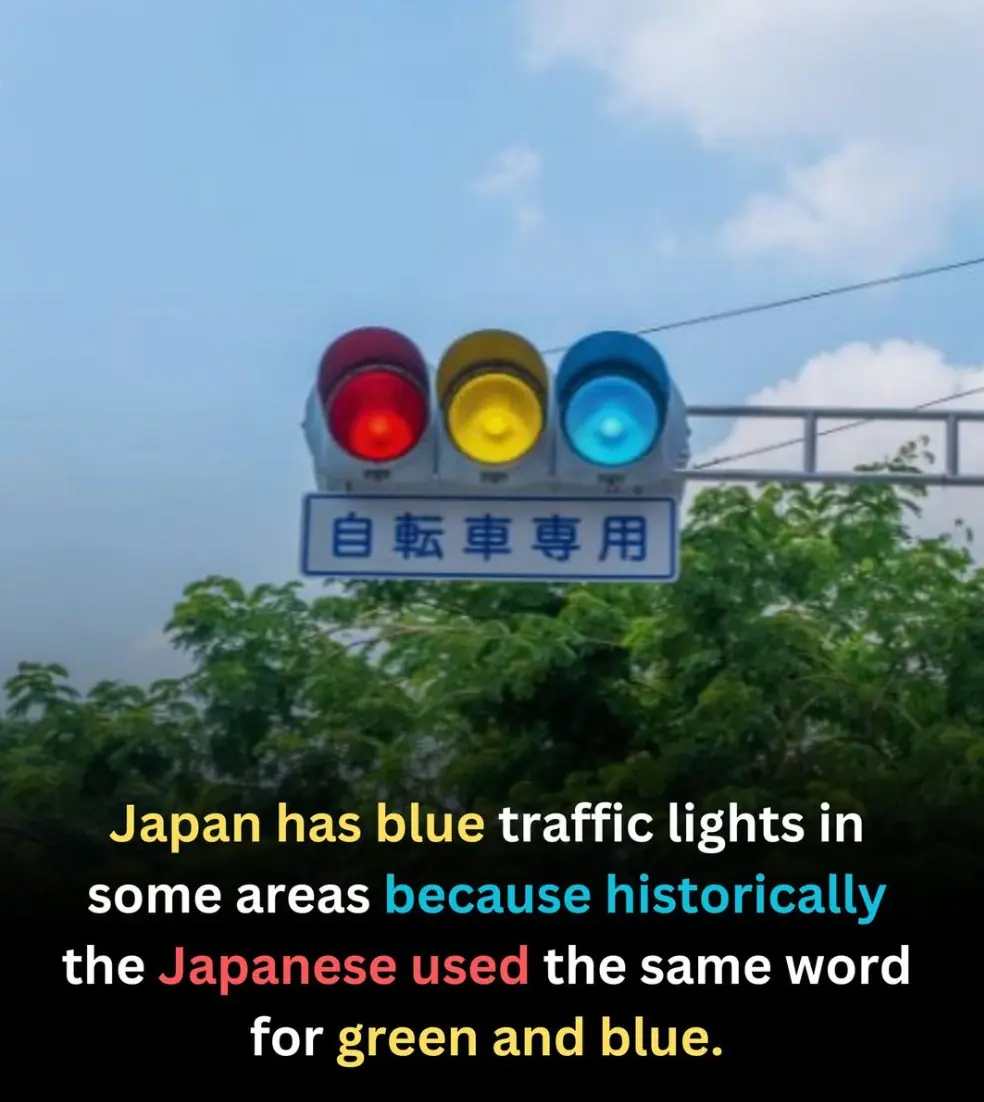
Halley’s Comet Is Back — But This Time, It’s Raining Fire
Don’t be mistaken — Halley’s Comet isn’t returning just yet, but its ancient trail of debris is lighting up the night sky. On May 5 and 6, 2025, the Eta Aquariid meteor shower will reach its peak, delivering one of the most dazzling celestial events of the year.
This meteor shower occurs as Earth passes through the dust trail left behind by Halley’s Comet. As the tiny fragments enter our atmosphere at high speed, they burn up and create streaks of light we call meteors.
The Legacy of Halley’s Comet

Officially named 1P/Halley, Halley’s Comet is the most well-known comet in history, visible from Earth approximately every 76 years. It was last seen in 1986 and is expected to return in 2061. Even when the comet itself is far from Earth, its legacy lives on through meteor showers like the Eta Aquariids.
As Halley orbits the Sun, it sheds small particles along its path. When Earth crosses that orbital path, those particles collide with our atmosphere at speeds of up to 66 km/s (about 148,000 mph), creating bright, fast-moving meteors.
What Makes the Eta Aquariids Special?

The Eta Aquariids are known for their swift, glowing meteors. Viewers in the Southern Hemisphere may see up to 50 meteors per hour under ideal conditions. In the Northern Hemisphere, observers can expect around 10–20 meteors per hour.
These meteors are particularly noted for their long-lasting trails, often visible for several seconds. Some meteors, known as "Earthgrazers," skim the atmosphere at shallow angles, creating long, dramatic streaks of light.
When and How to Watch
The Eta Aquariid meteor shower is active from April 15 to May 27, but the peak occurs during the early mornings of May 5 and 6. The best viewing time is between 3:00 AM and 5:00 AM (local time).
Find a dark location away from artificial lights, and let your eyes adjust to the darkness for about 30 minutes. Avoid looking at screens or bright light sources. You don’t need any special equipment — just lie back and look up.
Tips for Photographing the Meteor Shower
If you’d like to capture the Eta Aquariids:
-
Use a tripod to stabilize your camera.
-
Choose a wide-angle lens to capture more of the sky.
-
Set a long exposure to track the meteors’ motion.
-
Switch to manual focus, set to infinity for sharp stars.
-
Use a remote shutter release to avoid camera shake.
A Global Skywatching Event
While the Eta Aquariids are most visible from the Southern Hemisphere, stargazers around the world can still enjoy the show. In the Northern Hemisphere, meteors will appear lower on the horizon, but with clear skies and patience, the display is still remarkable.
Don’t Miss This Chance to Connect with the Cosmos
The Eta Aquariid meteor shower is a magical reminder of how ancient cosmic travelers like Halley’s Comet continue to leave their mark. Whether you're a seasoned astronomer or simply curious about the night sky, this is a perfect moment to look up — and be amazed.
News in the same category


A Wake-Up Call Hidden In Metal: The Colombian Sphere Mystery “Revealed”

Zookeepers refuse to save drowning chimpanzee – then a truck driver breaks into his cage

Study Suggests Key Link That Could Help Explain Autism Development

Sleepy Polar Bear Portrait Wins the Wildlife Photographer of the Year People’s Choice Award

10 Benefits to Drinking Warm Water (No Lemon Required)

Japan Green Traffic Lights: The Curious Case of Blue Signals

Why You Should (and Shouldn’t) Be Hanging Your Clothes Outside

Animal lover finds squirrel with giant tooth, brings him home and gives him a new opportunity – thank you

This giraffe left photographer speechless, then sad truth is revealed

College student has fatal reaction to brownie she got from friend

5 Countries Making It Harder for Americans to Live and Work Abroad

Cabbage: A Nutrient-Packed Superfood, But Some People May Need to Avoid It

Pope Francis’ final words before passing aged 88

Pope Francis’ shocking net worth at his time of death

Chilling last words of trainer ripped apart by ‘psychotic’ killer whales

Father of bullied boy who killed himself one year ago shares tragic twist

Tokyo Hospital Introduces New Baby Box for Abandoned Infants

Friendship Marriages Gain Traction in Japan as Alternative to Traditional Unions

California on Alert After Discovery of 13-foot Climbing Invasive Creature from China
News Post

Instantly Removes Nail Fungus Like an Eraser! ? Natural Remedy with Garlic ?

Drink Bay Leaf and Clove Tea and Be Amazed at These Changes! ??

What Happens When You Soak Your Feet in Apple Cider Vinegar for 15 Minutes?

Rice Water for Skin | DIY Toner Benefits to Remove Dark Spots & Shrink Large Pores

Just One Spoonful of This Mixture Can Help with Blindness, Myopia, Blurred Vision, and Eye Fatigue

Mimosa Pudica: The Sensitive Plant That May Boost Your Health Naturally

This giraffe left photographer speechless, then sad truth is revealed

Dying veteran in hospice gets his final wish: to see his dog one last time

Look Younger Overnight? Try This DIY Anti-Aging Gel!

Drink Parsley Tea and Say Goodbye to Swollen Legs, Ankles, and Feet! ??

The Remarkable Benefits of Clove Tea: A Glass a Day for Clear Vision and a Clear Mind

The Surprising Power of Garlic in Eliminating Gout

ALOE VERA, HONEY, AND LEMON

Here's what eating bananas with spots means for your health

Glowing Skin At Home: 6 Remedies That Work

Say Goodbye to Joint Pain, Arthritis, and Rheumatism in Just 3 Days – Try This Potent Clove and Garlic Remedy!

Bloating? Fatigue? Try This Colon Cleanse Juice for a Gentle Reset

Better Than Botox? Try This DIY Collagen Night Cream!

Natural Treatment for Toenail Fungus Using Lemon and Salt
